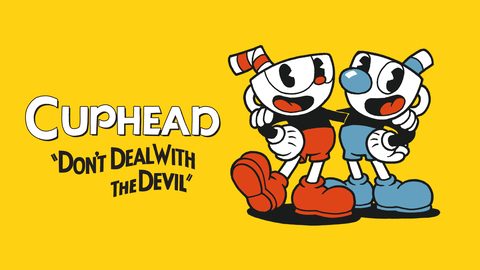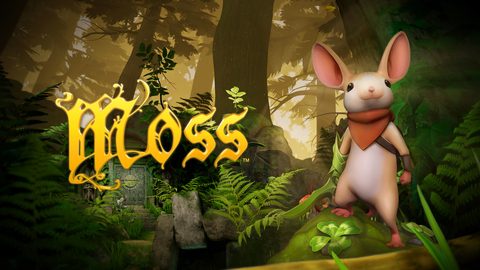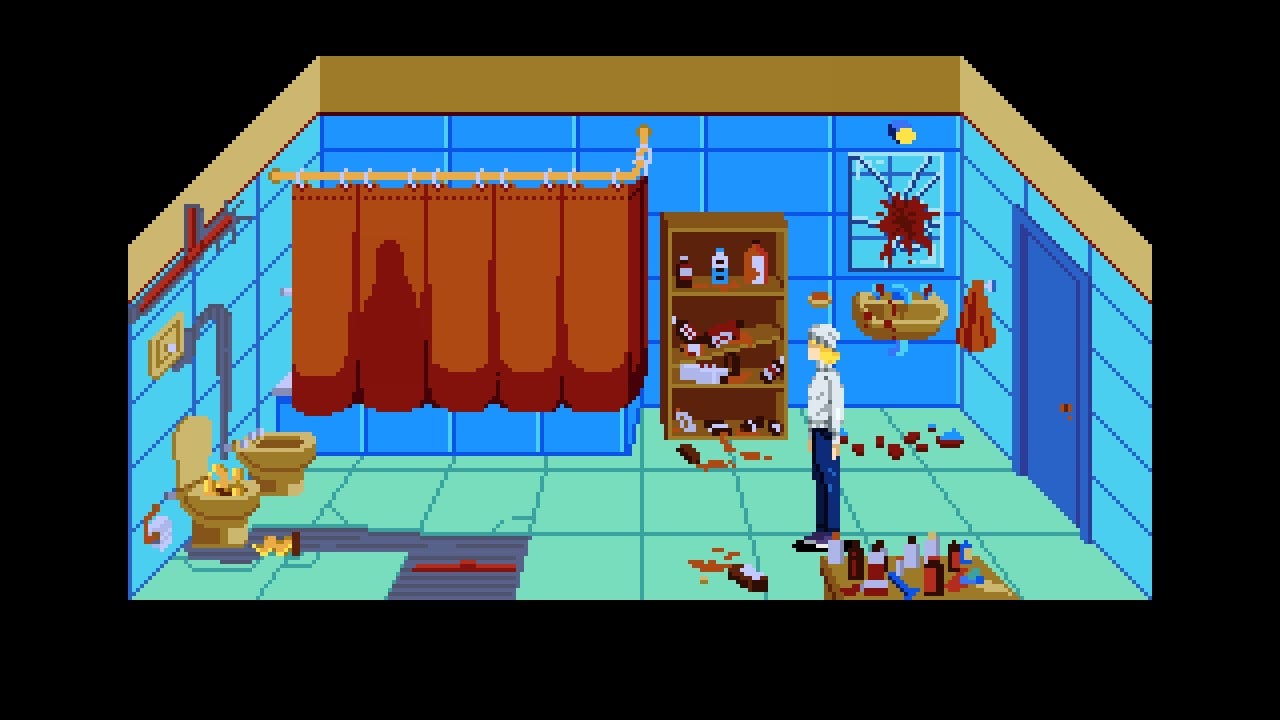Ed Boon, the co-creator of Mortal Kombat, brought the heat on a Sept. 7 episode of Hot Ones during a conversation about Mortal Kombat 1, showing off the first look at Johnny Cage’s Jean-Claude Van Damme skin.
It marks a rare appearance for a video game personality on the hit YouTube series, which mostly features film, TV, and music celebrities as they attempt to eat wings that gradually get spicier while making it through an interview. Boon did the same, and he and Hot Ones host Sean Evans had plenty to talk about in regards to Mortal Kombat 1.
One new addition that’s been decades in the making is the inclusion of Jean-Claude Van Damme in the form of a Johnny Cage skin, which will be available for players who purchase the Premium/Kollector’s editions of the game.
“We tried a number of times going back and forth with [Van Damme],” Boon said. “This time we hit the lottery and we got him. And we actually have his voice, and he’s going to be the Johnny Cage character.”
A sneak peek at the skin was revealed on the Hot Ones episode, showing Van Damme as he would have appeared in 1988’s Bloodsport — pecks of steel and all.
Between sips of milk to lessen the spicy aftertaste of the buffalo wings, Boon explained that he’d always intended to include Van Damme in the franchise — dating as far back as the video game series’ debut in the early ’90s.
“We called his people, and we’re like, ‘We want to make a game based on Van Damme,'” Boon continued, admitting he didn’t receive a response at the time. Even so, Boon said he doesn’t blame the acclaimed movie star for turning down a group of ambitious 20-year-old programmers.
Nearly 30 years later, Boon’s dream is finally coming to life: “It’s the absolute full circle moment that we had,” he added.
Boon credits the feat to how the game has evolved over the last three decades. What once started as a passion project helmed by four people has turned into a major creative operation and lucrative video game franchise.
“The scope is 100 times, I’d say maybe, as big as the very first [game],” Boon said.
That, admittedly, has its cons. When asked what he misses most about the old days, Boon conceded that working on a smaller scale meant being able to visualize ideas a lot faster: “If you had an idea, later that afternoon you could see the idea come to fruition… Now it affects 30 people, and you have to borderline get permission to do it before you do it, even in my position.”
Mortal Kombat 1 is being developed by NetherRealm Studios and published by Warner Bros. Games. The new title will be released Sept. 19 for PS5, Xbox Series X/S, and Nintendo Switch. It will also be available for purchase on PC through Steam and the Epic Games Store.
For more on Mortal Kombat 1, check out yesterday’s reveal that Nitara is coming to the game (voiced by Megan Fox, no less), as well as our gamescom interview with Boon.










